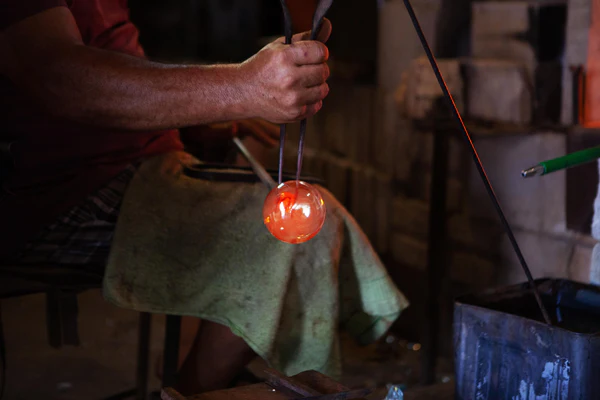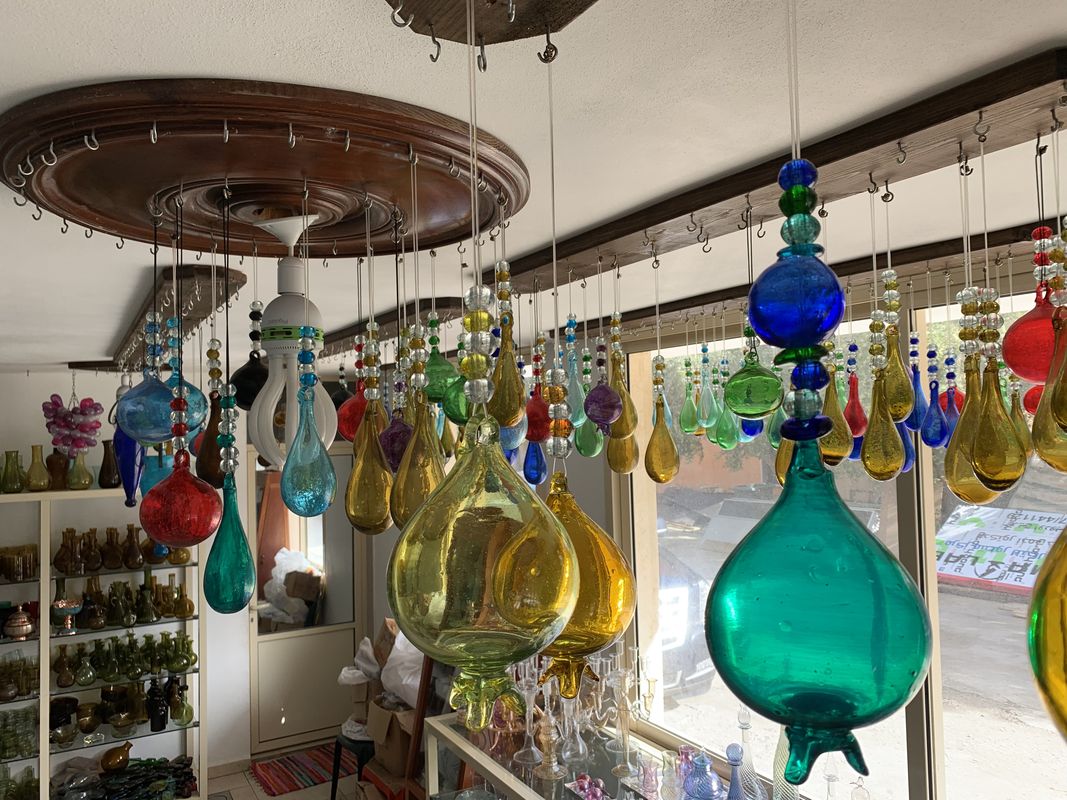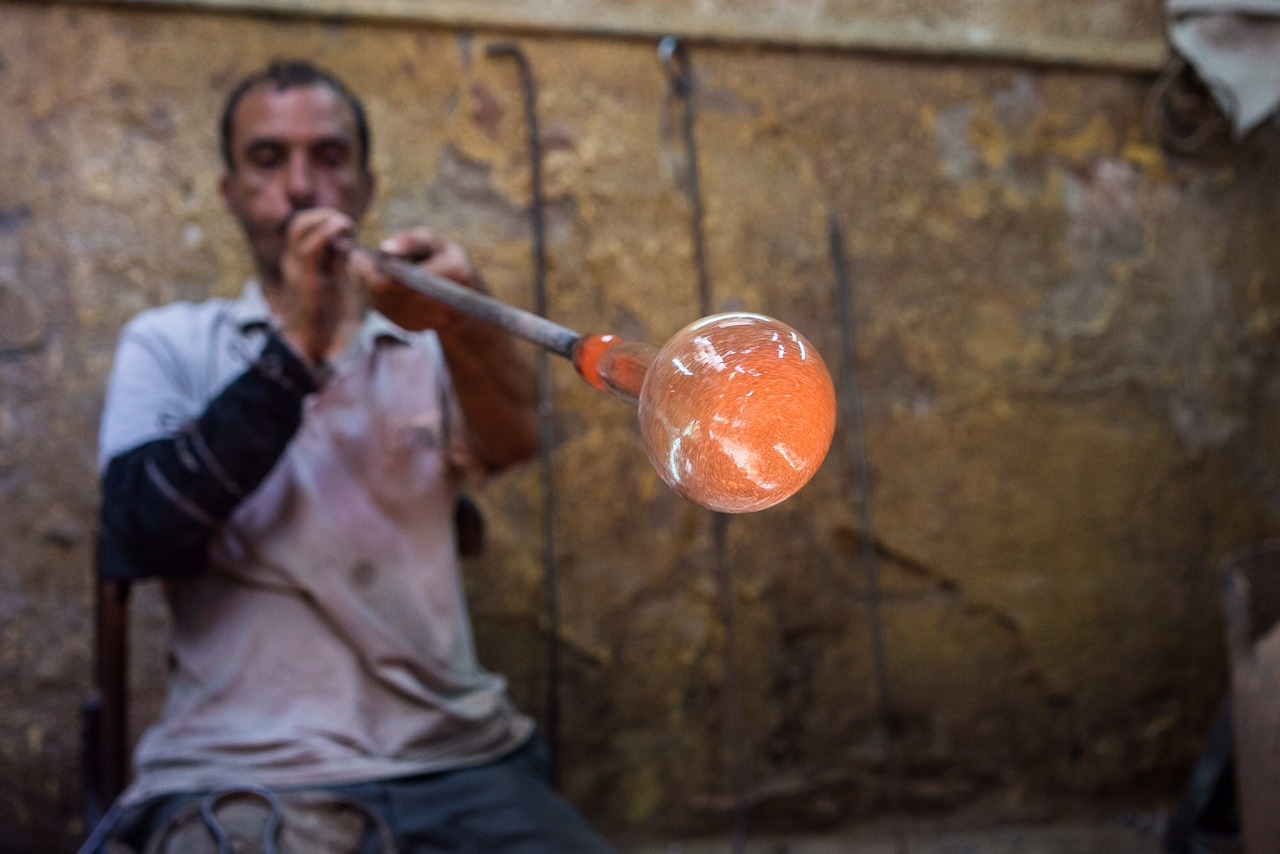Glass-making has been an art form for thousands of years, with evidence tracing it back to ancient Mesopotamia and Egypt. But for Lebanon, glass craftsmanship has deep roots in the Phoenician era, when artisans in coastal cities like Serepta — now Sarafand — produced glassware traded across the Mediterranean.
 Today, this rich legacy is kept alive by the Khalifeh family, the last glass-blowing artisans in Lebanon. For over 50 years, their workshop in Sarafand has transformed recycled glass into beautiful, handcrafted pieces, including vases, water jugs, and intricate decorative items.
Today, this rich legacy is kept alive by the Khalifeh family, the last glass-blowing artisans in Lebanon. For over 50 years, their workshop in Sarafand has transformed recycled glass into beautiful, handcrafted pieces, including vases, water jugs, and intricate decorative items.

The craft is a family tradition, passed down through generations. Apprenticeship begins at age 12 and takes eight years to master. The process is as fascinating as it is labor-intensive: the glass is heated to 1,400 degrees Celsius in a homemade kiln, then skillfully shaped using age-old techniques. Each piece tells a story—of resilience, heritage, and the art of keeping traditions alive in a fast-changing world.

While mass production threatens traditional craftsmanship, the Khalifeh family remains dedicated to preserving this ancient skill. Their handmade creations are more than just glassware—they’re a tribute to Lebanon’s history and the artisans who shaped it.
- Nissrine Khalifeh +961 3 906 091
- Blown glass | Facebook
If you liked reading this, check out our article on seven fantastic museums and art spaces in Keserwan.
Loading


